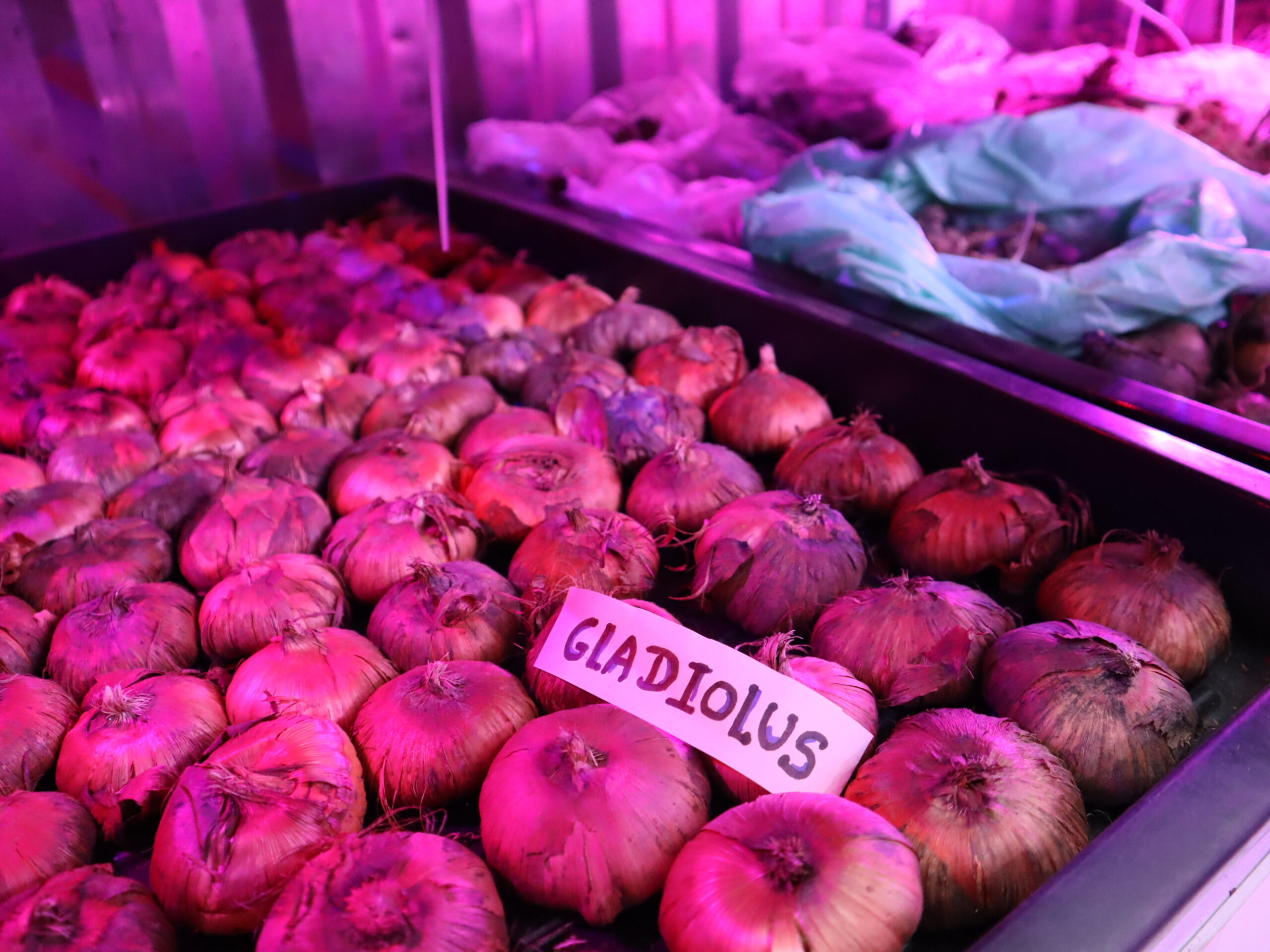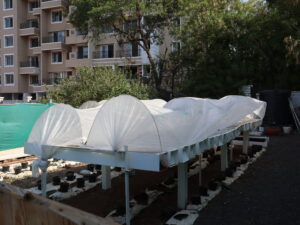
Choosing the Best Crops for Hydroponic Farming
Introduction
In the ever-evolving realm of agriculture, hydroponic farming has emerged as a transformative force. Cultivating crops without soil has proven not only efficient but also highly adaptable to various environments. However, the success of hydroponic farming hinges significantly on a pivotal decision: choosing the right crops. In this article, we’ll explore the art and science of selecting the best crops for your hydroponic venture.
Understanding Hydroponic Crop Selection
Crop Diversity in Hydroponics
Hydroponics offers an expansive canvas for crop selection, spanning the spectrum from leafy greens to exotic spices. This diversity is a boon for growers seeking to experiment and cater to niche markets.
Factors Influencing Crop Selection
- Climate and Location: Tailoring crops to your local climate and the controlled environment of hydroponics is crucial.
- Growth Cycle and Maturity: Consider the duration from planting to harvest, which varies among crops.
- Nutrient Requirements: Different crops have distinct nutrient needs, which should align with your hydroponic system’s capabilities.
- Space and Verticality Considerations: The dimension and layout of your hydroponic setup may favor certain crops over others.
Hydroponic Crop Categories
- Leafy Greens and Herbs: Rapid-growing, often compact plants ideal for hydroponics.
- Fruiting Vegetables: Crops that produce fruit, such as tomatoes and cucumbers.
- Root Vegetables: Below-ground treasures like radishes and carrots.
- Flowers and Ornamental Plants: Not just for aesthetics; some flowers are edible too.
- Exotic and Specialty Crops: Unique and high-value crops to diversify your offerings.
Top Crops for Hydroponic Farming
A. Leafy Greens and Herbs
- Lettuce Varieties: From butterhead to romaine, lettuce thrives in hydroponic systems, offering a consistent harvest.
- Spinach: Its rapid growth and compact nature make spinach an excellent choice.
- Basil and Other Herbs: Aromatic herbs like basil, mint, and cilantro flourish hydroponically.
- Microgreens: These petite powerhouses pack a flavor punch and are in high demand by chefs.
B. Fruiting Vegetables
- Tomatoes: Hydroponic tomatoes yield flavorful, vine-ripened treasures.
- Cucumbers: Compact cucumber varieties, tailored for vertical growth, are a hit.
- Bell Peppers: Colorful bell peppers thrive in hydroponic environments.
- Strawberries: These berries dangle temptingly from vertical systems, producing sweet rewards.
C. Root Vegetables
- Radishes: Rapid root development makes radishes a quick and satisfying hydroponic crop.
- Carrots: Though they demand depth, carrots can be grown hydroponically with careful planning.
- Beets: Hydroponic beets offer sweet, tender roots.
D. Flowers and Ornamental Plants
- Marigolds: Beyond aesthetics, marigolds deter pests in hydroponic gardens.
- Petunias: These vibrant blooms enhance visual appeal and are edible too.
- Orchids: Hydroponics allows precise control for these elegant, exotic plants.
E. Exotic and Specialty Crops
- Saffron: The world’s most expensive spice can be cultivated hydroponically.
- Wasabi: Hydroponic wasabi thrives with controlled water conditions.
- Edible Flowers: Delicate blooms like nasturtiums and pansies add flair to dishes.
Crop Selection Tips and Strategies
- Crop Rotation for Nutrient Balance: Rotate crops to prevent nutrient depletion and maintain a balanced system.
- Companion Planting for Pest Control: Pair crops strategically to deter pests and promote harmony.
- Succession Planting for Continuous Harvests: Plan planting schedules to ensure a steady supply of fresh produce.
- Vertical Farming Considerations: Maximize vertical space with crops suited for upward growth.
Challenges and Solutions
- Nutrient Imbalances: Monitor and adjust nutrient solutions meticulously to keep crops healthy.
- Pest and Disease Management: Proactive measures like integrated pest management (IPM) are crucial.
- Space Constraints: Creative solutions like vertical hydroponics help overcome limited space challenges.
Case Studies: Successful Hydroponic Crops
- Profiles of Farms with Thriving Crops: Explore real-world examples of hydroponic farms achieving success with various crops.
- Key Takeaways from Their Experiences: Learn from their trials, errors, and triumphs in crop selection.
Conclusion
In the dynamic world of hydroponic farming, crop selection is the compass guiding



